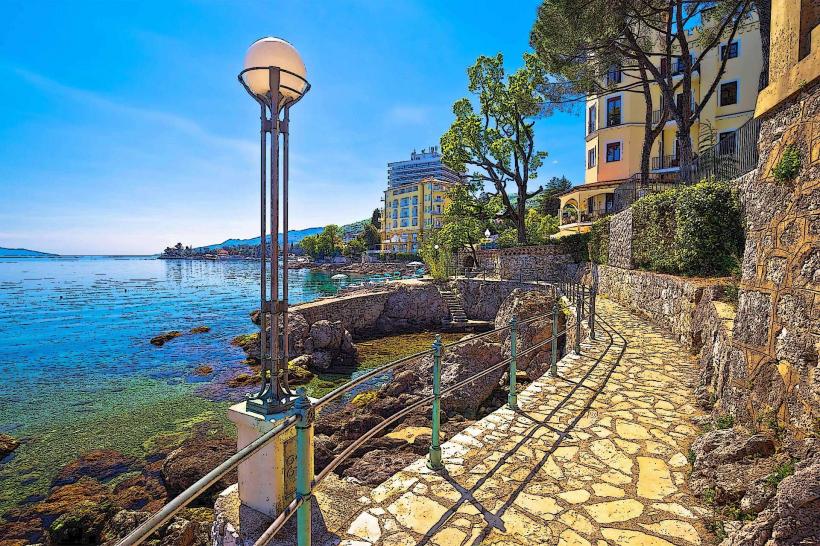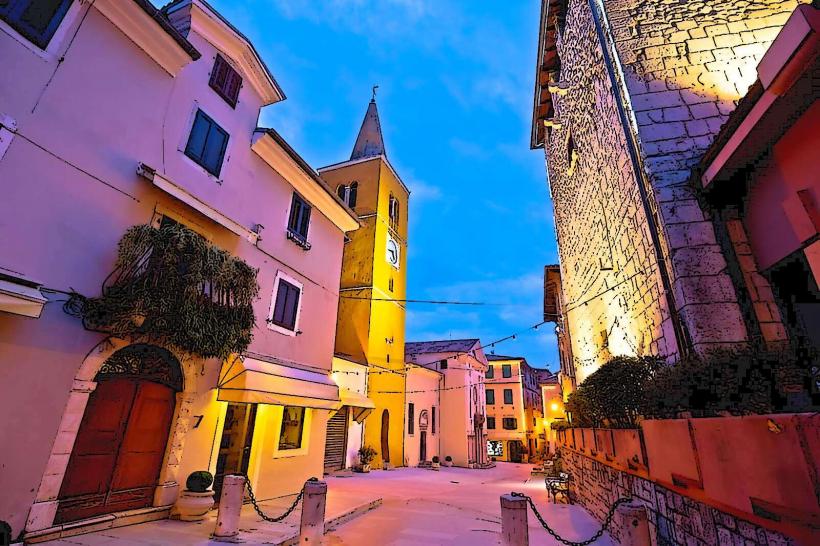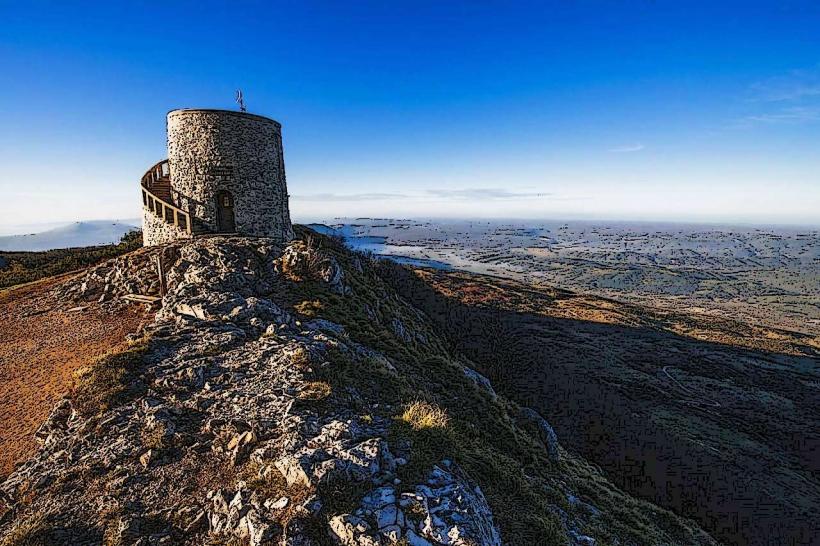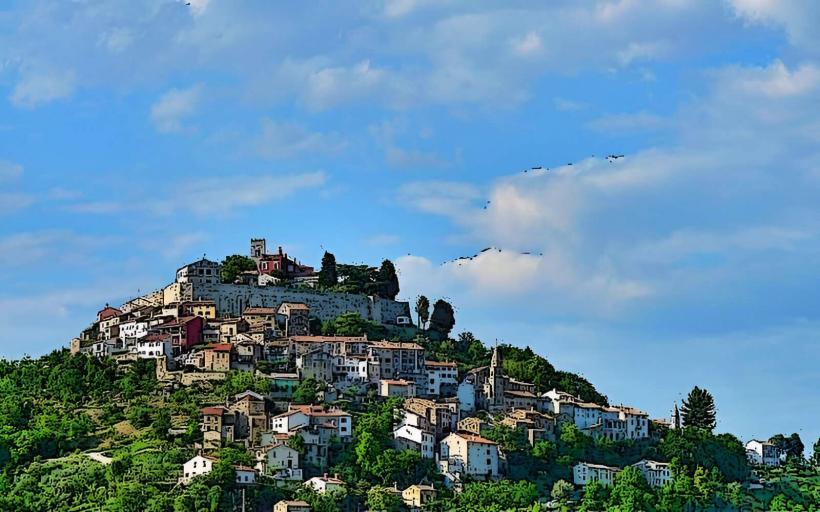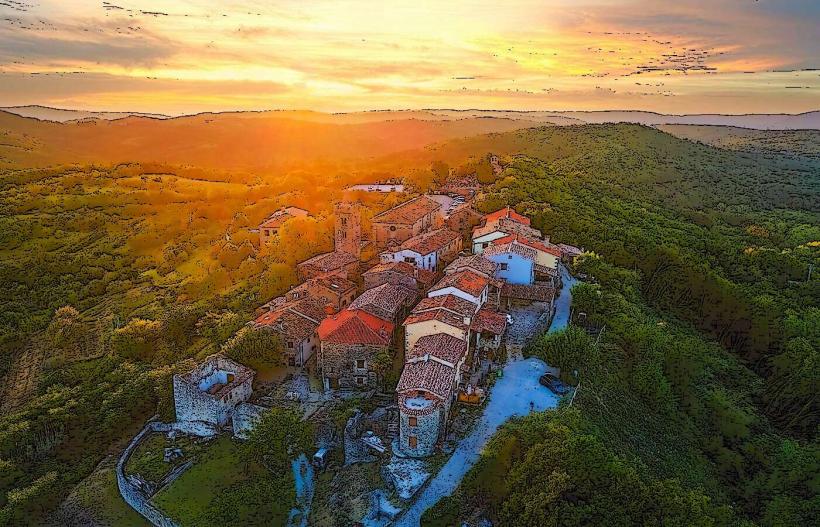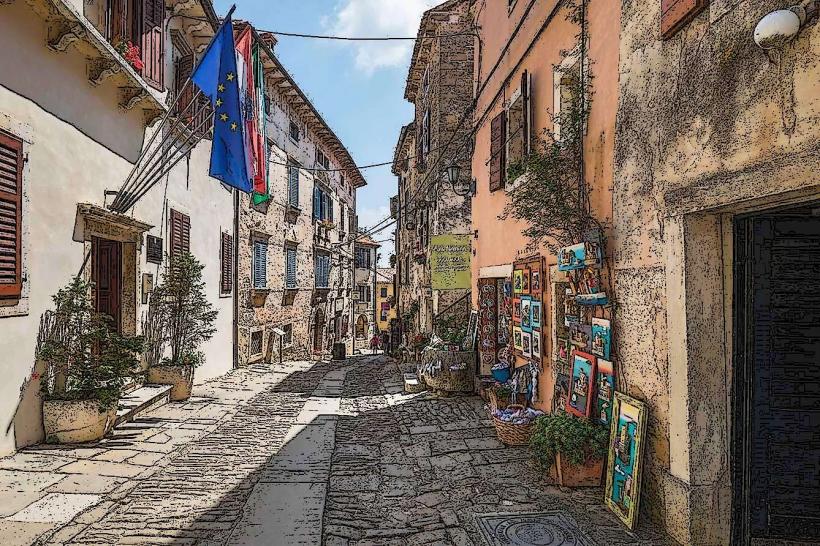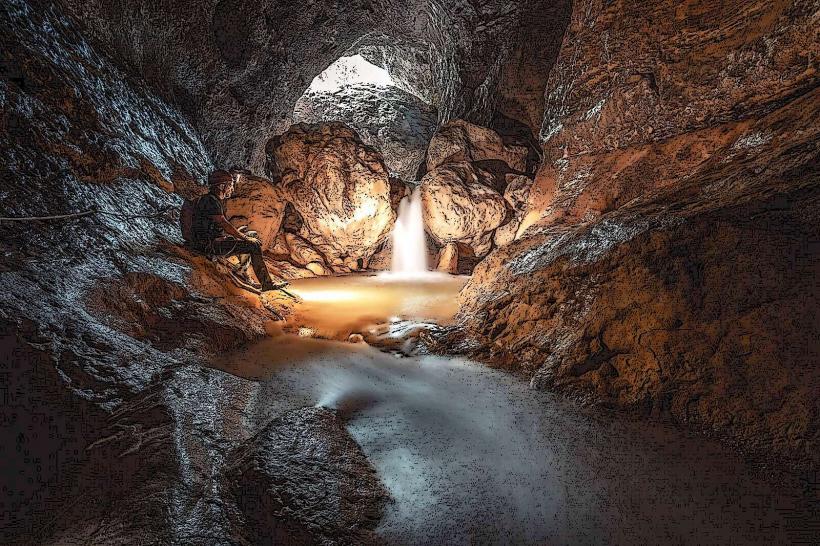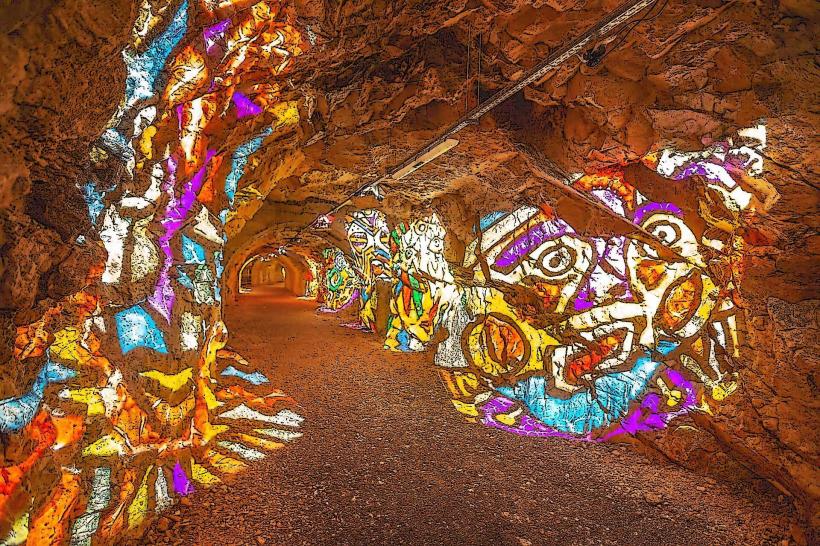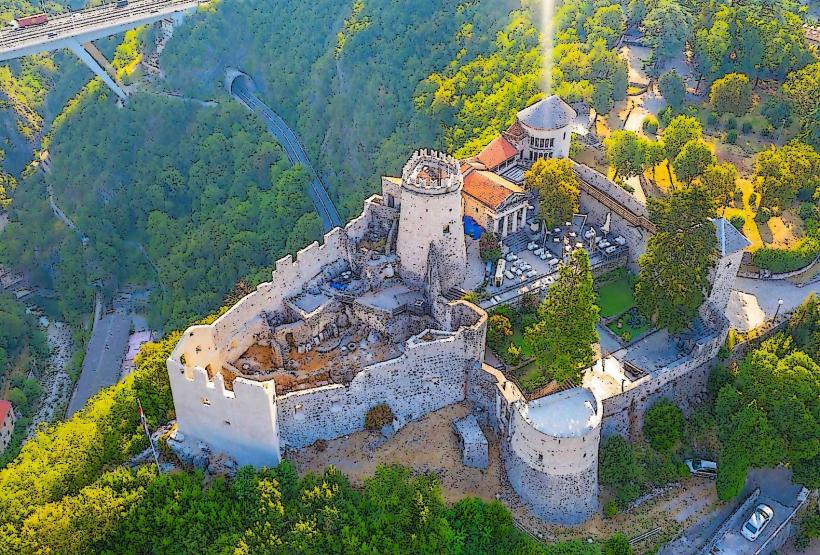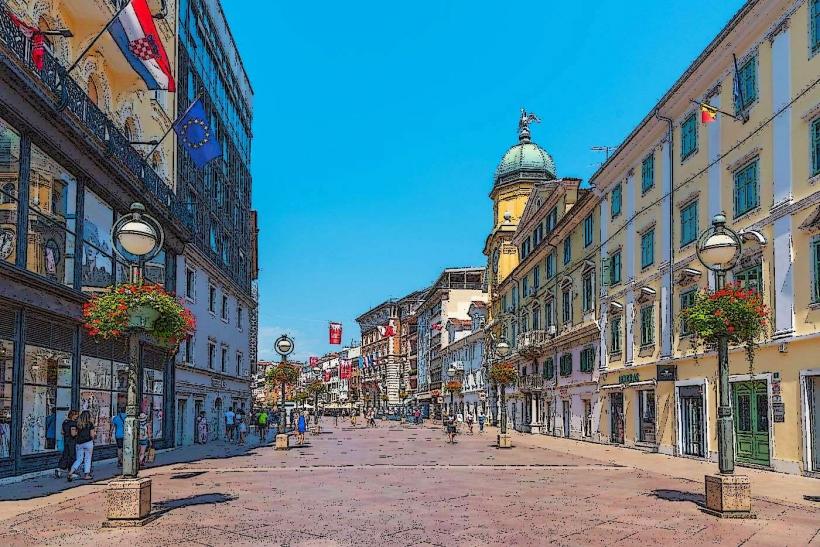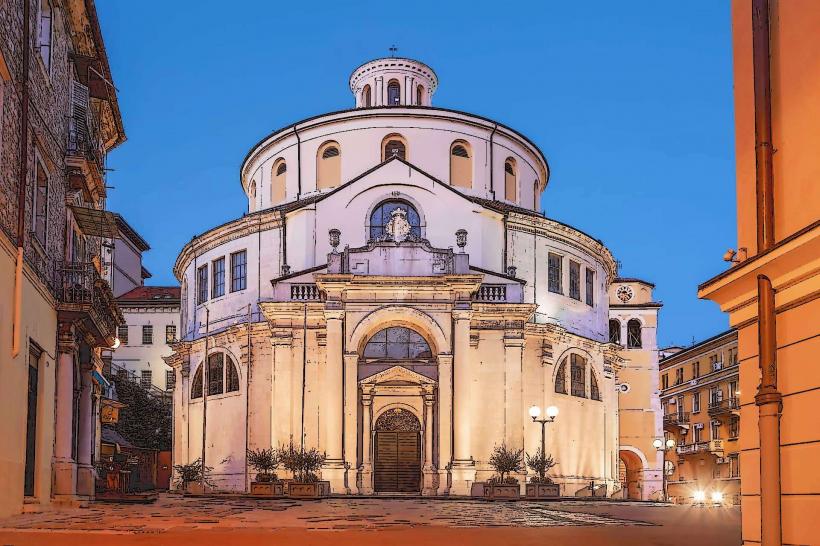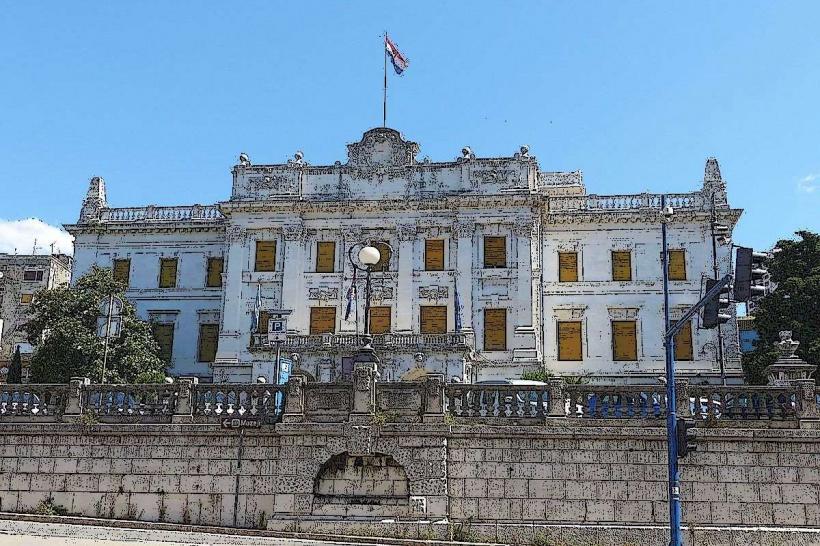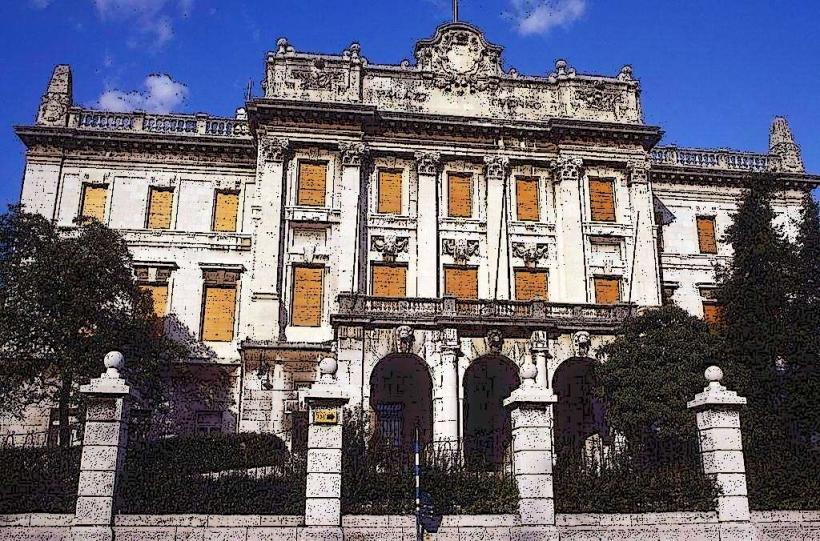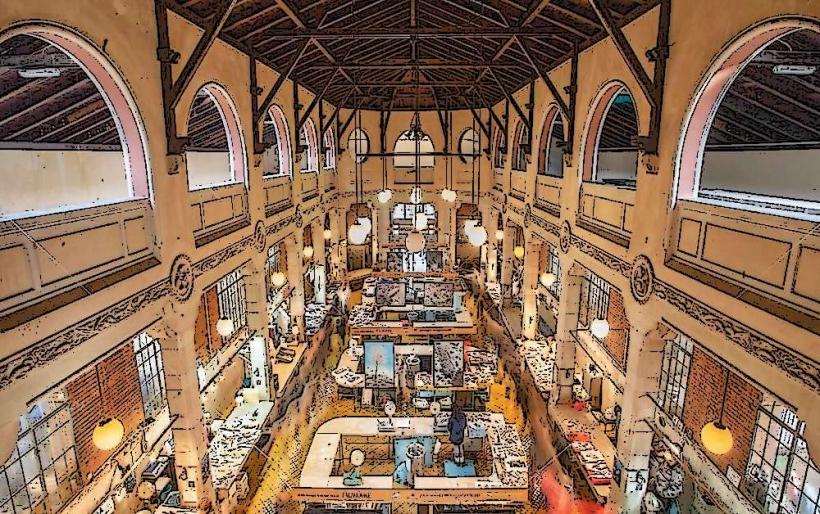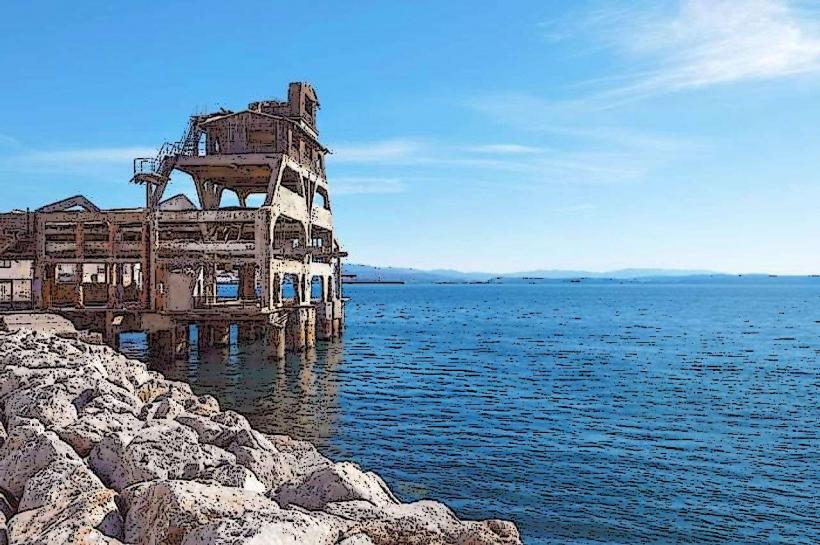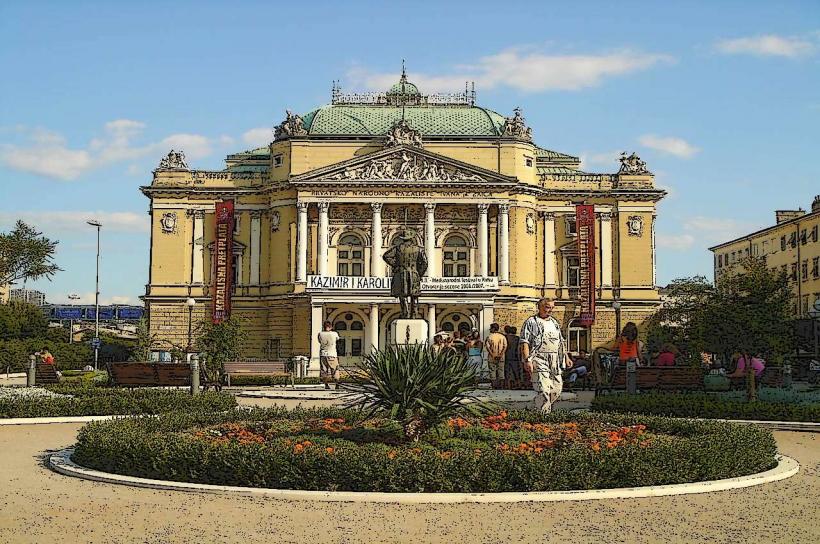Information
Landmark: Natural History MuseumCity: Rijeka
Country: Croatia
Continent: Europe
Natural History Museum of Rijeka (Prirodoslovni muzej Rijeka) – Rijeka, Croatia
The Natural History Museum of Rijeka (Prirodoslovni muzej Rijeka) is one of the premier institutions dedicated to the study, preservation, and display of the natural world in Rijeka and the surrounding region. This museum provides an in-depth look at the diverse ecosystems, geological features, and biological diversity of Kvarner Bay and the Croatian Littoral.
History and Establishment
- Founding: The museum was founded in 1881, during a period when interest in the natural sciences was growing across Europe. The initiative to establish a natural history museum in Rijeka was driven by the city’s prominent status as a cultural and intellectual hub, as well as its rich biodiversity, which made it an ideal location for such a museum.
- Role and Evolution: Over time, the museum’s collections and research have expanded, reflecting the evolving understanding of the natural world. Today, the Natural History Museum of Rijeka serves as an important center for scientific research, education, and public outreach related to natural sciences.
Location and Architecture
- Museum Building: The museum is located in the historic Zvonimirova Street in the city center of Rijeka. The building housing the museum is a typical example of late 19th-century architecture, designed to support the scientific and educational mission of the institution. While not as grand as some of the city’s other monumental buildings, its structure is perfectly suited to its role as a cultural and scientific center.
- Interior Layout: The museum is spread across several floors, with exhibits covering various aspects of the natural world, including geology, paleontology, botany, entomology, and zoology. The building has been adapted over the years to accommodate both its growing collection and modern exhibition techniques.
Collections and Exhibits
- Geology and Paleontology: One of the highlights of the museum is its extensive collection of geological and paleontological specimens, including fossils, minerals, and rock samples. These exhibits provide insight into the geological history of the region, including the formation of the Adriatic Sea, the tectonic processes that shaped the area, and the ancient creatures that once roamed the land.
- Flora and Fauna: The museum features significant exhibits on the flora and fauna of the region, including detailed displays on the plant species, wildlife, and marine life native to the Kvarner Bay and Croatia's coastal areas. These exhibits highlight the region’s rich biodiversity, including rare and endemic species, and showcase the importance of preserving local ecosystems.
- Entomology: The museum houses an impressive collection of insects, with particular attention given to the diverse species of butterflies, beetles, and other arthropods found in the region. The exhibit offers insights into the evolutionary biology of insects and their important ecological roles.
- Botany: The museum’s botanical exhibits include preserved plant specimens, as well as live plant displays that reflect the diverse plant life of the area. Many of these species are part of the Mediterranean ecosystem, with a focus on both native and introduced species that have impacted the local environment.
- Marine Biology: As Rijeka is a coastal city, the museum has a strong focus on marine life, with exhibits dedicated to the marine ecosystems of the Adriatic Sea. The museum showcases marine fossils, aquatic plants, and various marine species, emphasizing the richness of the Adriatic's underwater world.
- Interactive Exhibits: The museum also incorporates interactive displays to engage visitors, including touch screens, virtual exhibits, and other multimedia elements. These features make learning more engaging and accessible to people of all ages, particularly students and young visitors.
Research and Education
- Scientific Research: The museum plays an important role in the scientific study of the region’s natural history, with a focus on biodiversity, geological surveys, and environmental conservation. The museum collaborates with universities, scientific institutions, and environmental organizations to contribute to research in the natural sciences.
- Educational Programs: The museum offers a variety of educational programs for school groups, families, and the general public. These programs are designed to teach visitors about natural history, ecology, and conservation, often including workshops, guided tours, and hands-on activities. The museum also hosts special lectures and seminars on topics related to environmental science and sustainability.
- Temporary Exhibitions: In addition to its permanent collections, the museum hosts temporary exhibitions that explore various aspects of the natural world. These exhibitions often focus on specific themes such as climate change, endangered species, or environmental challenges facing the region.
Key Features
- Fossil Collection: One of the museum's key attractions is its fossil collection, which includes specimens from the Paleolithic era through to the Holocene. Fossils of prehistoric creatures, including dinosaurs and marine reptiles, offer a fascinating window into the ancient past of the region.
- Botanical Gardens: The museum has a small botanical garden or greenhouse, where visitors can explore various plant species, including some rare and endangered ones. This space is used for educational purposes and is a popular destination for nature enthusiasts.
- Aquatic Life Displays: There are also detailed displays of the marine life found in the Adriatic Sea, including marine mammals, fish, and invertebrates. The museum offers an in-depth look at the complex ecosystems beneath the waves and the importance of preserving them.
Why Visit the Natural History Museum of Rijeka?
- Diverse Collections: The museum’s vast collections offer visitors a chance to learn about the region’s geological, biological, and ecological diversity, providing an enriching experience for nature lovers and science enthusiasts.
- Educational Experience: With its interactive exhibits, guided tours, and educational programs, the museum is an excellent resource for those interested in learning more about the natural world. It’s a great destination for families, school groups, and anyone curious about the environment.
- Scientific Research: For those with a keen interest in scientific research, the museum’s role in advancing knowledge about local ecosystems and conservation issues offers valuable insights into the region’s natural heritage and challenges.
- Focus on Conservation: The museum emphasizes the importance of conservation and sustainability, offering practical examples and solutions for protecting the natural environment. This is especially important as the region faces environmental pressures such as climate change and habitat destruction.
Visiting Information
- Opening Hours: The museum is open to the public year-round, although it may have reduced hours during holidays or special events. It’s always a good idea to check the official website for up-to-date hours of operation.
- Admission Fees: Entrance to the museum is typically affordable, with discounts available for students, children, and seniors. Group rates may also be offered.
- Guided Tours: The museum offers guided tours in both Croatian and English, which are recommended for visitors who wish to gain a deeper understanding of the exhibits and collections.
Conclusion
The Natural History Museum of Rijeka is an essential destination for anyone interested in the rich and diverse natural heritage of the Kvarner Bay and the Croatian Littoral. Its comprehensive collections, interactive exhibits, and educational programs make it a fascinating place to explore the natural world, while also offering important insights into the ongoing challenges of environmental conservation. Whether you’re a nature enthusiast, a student, or simply curious about the region’s biodiversity, the museum provides an enriching and informative experience.

